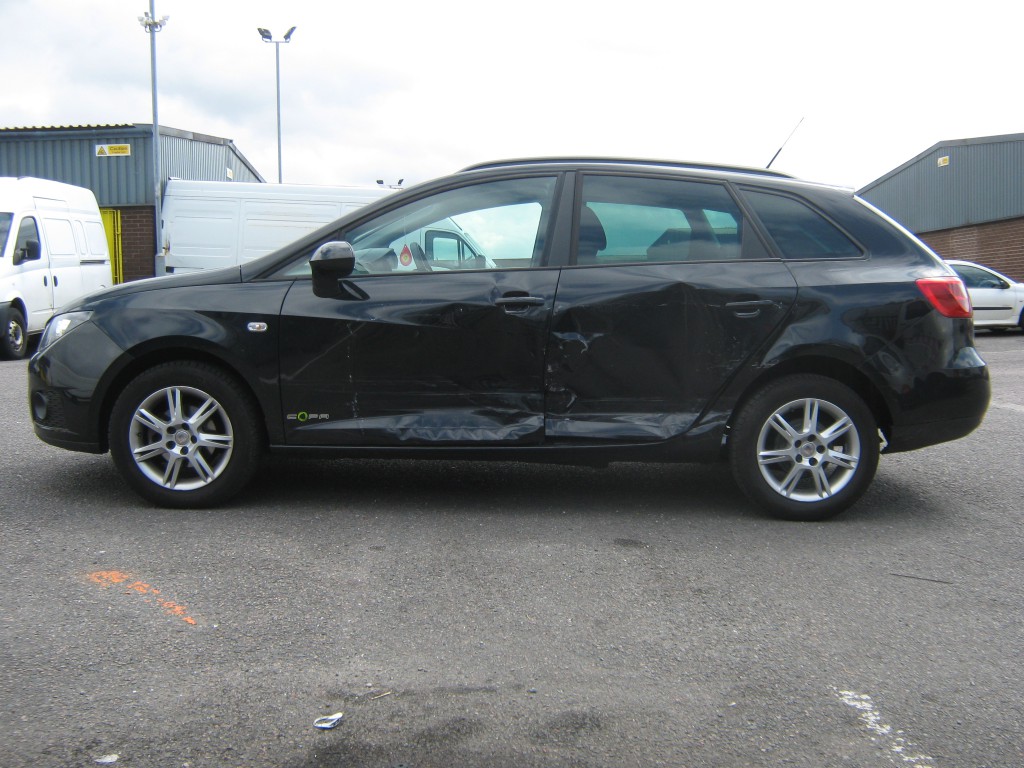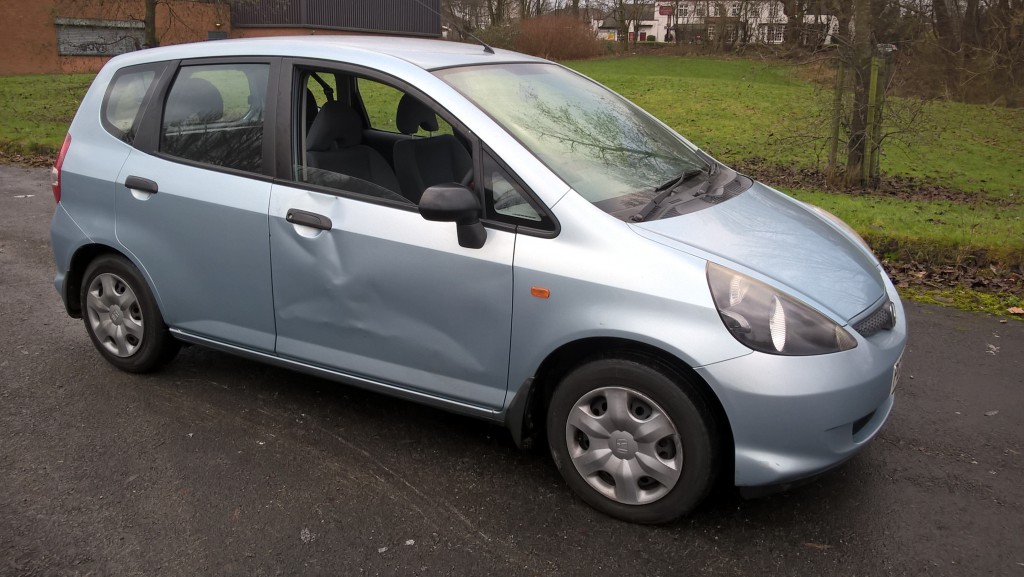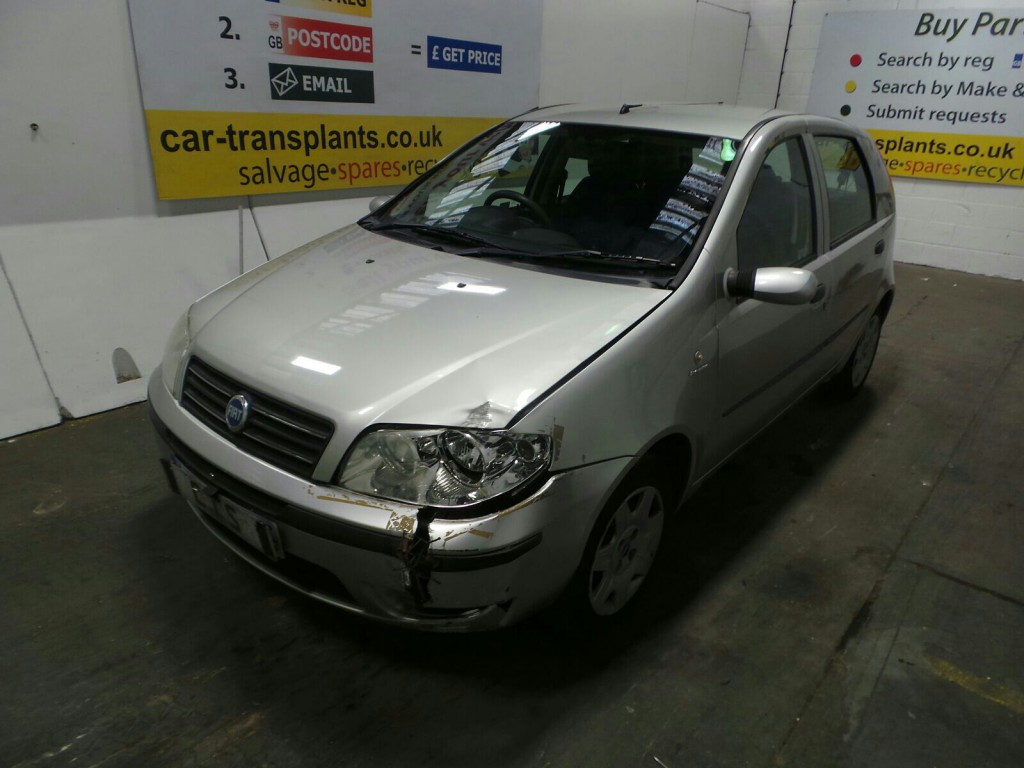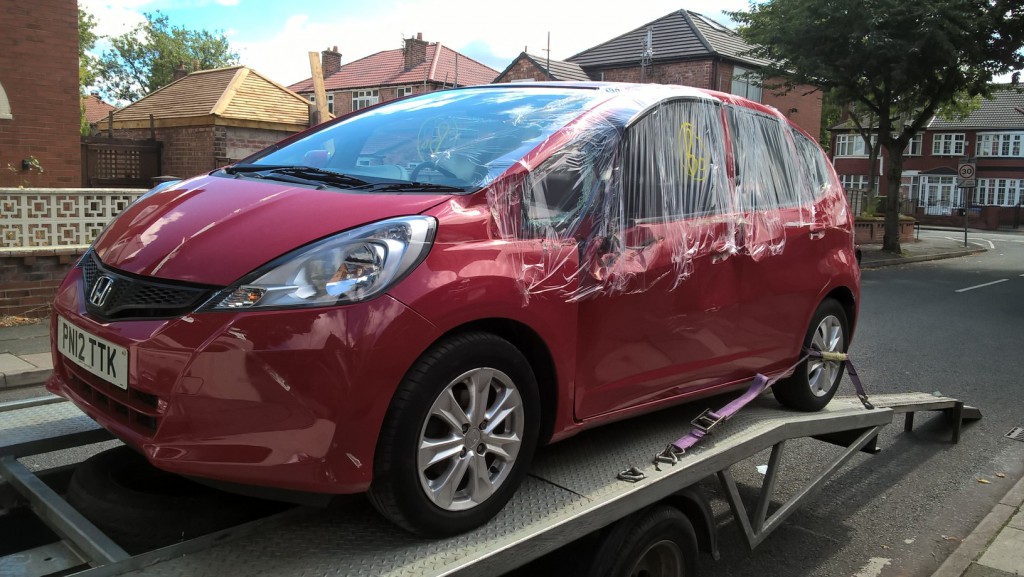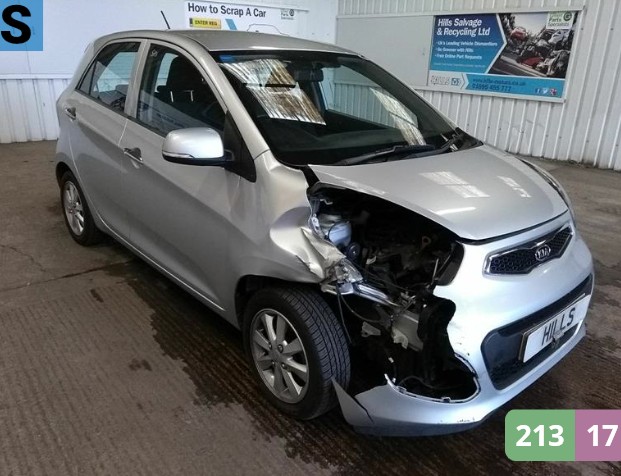The rules governing the way the UK salvage industry works are changing although many of these changes will be ‘behind the scenes’, the most obvious for salvage customers will be the salvage categories. These changes are happening because, following the end of the Vehicle Identity Check in 2015 and because of concerns about new vehicle materials and technology, the ABI (Association of British Insurers) updated its Salvage Code of Practice – the rules by which the UK salvage industry works.
These new changes start to come into effect on 1st October 2017 introducing both category ‘N’ and ‘S’ .
The most visible change for salvage buyers will be to the ‘repairable’ categories:
* OUT go repairable categories C and D
* IN come repairable categories S and N
The reason for this is that the new salvage categories S and N will reflect the type of damage to the vehicle, making it clearer to customers.
The non-repairable categories A and B remain.
At present, whether repairable salvage is categorised as C or D depends on the cost of repair compared to the pre-accident value which will no longer be the case. Under the new system, the category will simply depend on the type of damage without any comparison of the cost and value.
Salvage with damage to the structural parts (realignment to original dimensions or replacement of frame or chassis) of the vehicle will now be category S (S for Structural). “Repairable vehicle which has sustained damage to any part of the structural frame or chassis and the insurer/ self-insured owner has decided not to repair the vehicle.”
As in the case of category C currently, insurers will destroy the V5C registration document and buyers will need to apply to DVLA for a replacement V5C. This will continue to be FREE OF CHARGE. The replaced V5C issued by DVLA WILL be annotated (as Category C currently is) but the wording will change, reflecting the new category definition, to: “This vehicle has been salvaged due to structural damage but following a technical evaluation declared suitable for repair.”
Salvage that does not have any damage to structural parts will now be classed as Category N (N for Non-structural). “Repairable vehicle which has not sustained damage to the structural frame or chassis and the insurer/self-insured owner has decided not to repair the vehicle. While the damage to the vehicle has been noted as non-structural, there may still be some safety critical items that require replacement e.g. steering and suspension parts.”
As currently the case with Category D vehicles, the insurer does not have to destroy the V5C and should pass it on to the salvage agent. However, if the V5C or the green slip is not available, an application to DVLA for a replacement V5C will be at the standard rate (currently £25). The reissued V5C will NOT be annotated.
To read more information about this change, you can download the Salvage Code of Practice [PDF] from the ABI website.
Issued by and content copyright of CAR TRANSPLANTS LTD
(Edited by motoview.co.uk with no change to content although includes the addition of definition quotations from the Association of British Insurers.)
September 2017
Motoview’s editorial:
Along with the abolishment of the pointless Vehicle Identity Check, the new codes are welcomed and self-explanatory than the definitions of the previous category C and D that have been confusing, in my experience to the general public. As I have found out, buying salvage vehicles has been a learning curve but you can be duped especially as salvage yards only test vehicles for loading purposes i.e. the vehicle will drive onto the back of a recovery truck. Only on the road, will you find out if there are any further issues. Furthermore, it will be interesting to discover whether the new categories will be strictly adhered to by the salvage yards as there was a degree of ambiguity for the now-defunct category c and d.
Words by Sotiris Vassiliou

